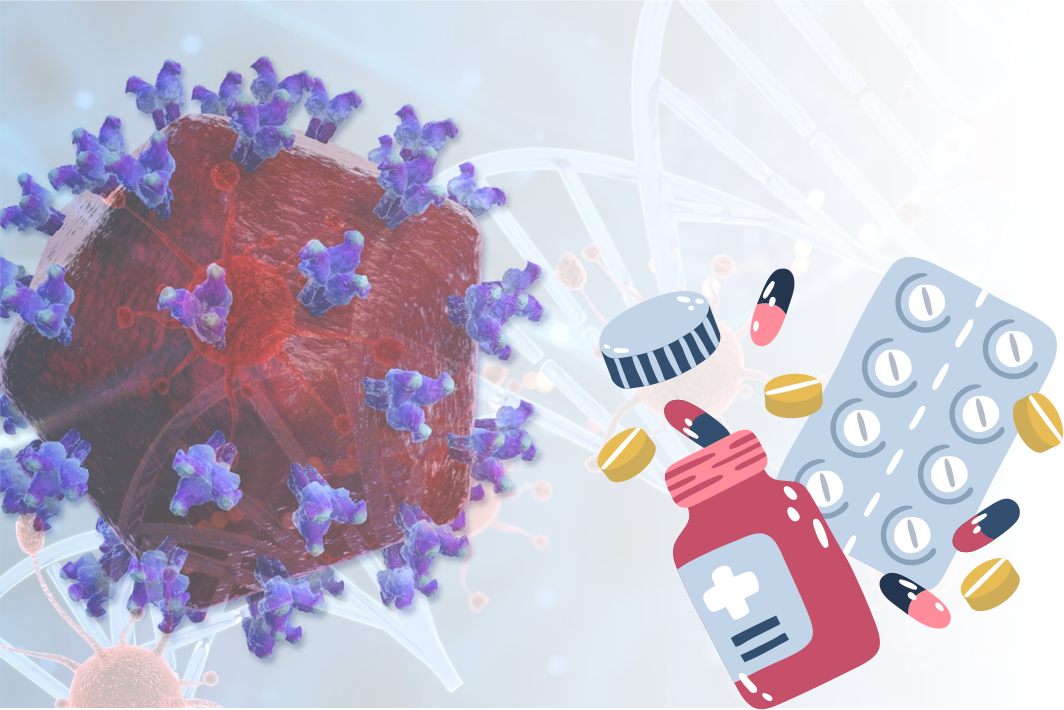HIV is a viral infection that strikes the immune system and can lead to AIDS (acquired immunodeficiency syndrome). In the 1980s and 1990s, the prognosis for HIV-positive individuals was bleak, with a high mortality rate and limited treatment options. However, in the years since then, tremendous progress has been made in HIV treatment, leading to a shift from antiretroviral therapy (ART) to the pursuit of a functional cure.
How is antiretroviral therapy help in HIV management?
ART is the standard of care for HIV-positive individuals and involves a combination of drugs that work to suppress viral replication. These drugs target different stages of the viral life cycle, preventing the virus from multiplying and reducing the amount of virus in the bloodstream. As a result, ART is highly effective, with the ability to minimise the virus to undetectable levels in the blood. This not only improves the quality of life for individuals living with HIV but also prevents transmission of the virus to others.
However, ART is not a cure, and individuals must take the medication for the rest of their lives to maintain viral suppression. This lifelong treatment can be expensive, have side effects, and create challenges for adherence. Additionally, individuals on ART still have some level of inflammation and immune activation, which can lead to long-term health complications.
As a result, researchers have shifted their focus to developing a functional cure for HIV. A functional cure would allow individuals to control the virus without requiring lifelong ART. This could be achieved by targeting the viral reservoirs where the virus hides and persists even in individuals on ART. These reservoirs are cells infected with the virus but not actively producing new viruses, making them invisible to the immune system and difficult to target with drugs.
What are other forms of treatment effective against HIV?
- LRA (Latency-reversing agents)
One approach to targeting viral reservoirs is through latency-reversing agents (LRAs). LRAs activate the virus in the reservoir cells, making them visible to the immune system and susceptible to destruction by the body’s natural defences. When combined with ART, LRAs have been shown to reduce the size of the viral reservoirs in some individuals, leading to temporary periods of viral control off of ART. - Gene editing
Another approach to achieving a functional cure is through gene editing. Gene editing involves using tools like CRISPR-Cas9 to modify an individual’s DNA to make them resistant to HIV infection. One approach being explored is modifying the CCR5 gene, which is necessary for the virus to enter cells. By deleting or disabling this gene, researchers have been able to create cells that are resistant to HIV infection in the lab. Clinical trials are presently underway to test this approach in humans. - Immune-based therapies
Other promising avenues for achieving a functional cure include immune-based therapies, such as therapeutic vaccines, antibody therapies, and combination therapies targeting multiple aspects of the viral life cycle.
Conclusion
In conclusion, the advances in antiretroviral therapy (ART) have transformed HIV treatment from a death sentence to a chronic manageable condition. However, despite the effectiveness of ART in suppressing the virus, patients must continue lifelong therapy, which poses challenges such as drug toxicity, resistance, and adherence. In the past few years, there have been significant advancements in HIV treatment, including developing long-acting formulations, combination therapies, and discovering new drug targets. Moreover, the concept of functional cure, where ART is not necessary for viral suppression, is a promising area of research. Using gene editing technologies, immunotherapies, and early initiation of ART may provide avenues for achieving a functional cure. While there are still obstacles to overcome, the progress made in HIV treatment gives hope for times ahead when people living with HIV can live free of daily medication and the stigma associated with HIV.




